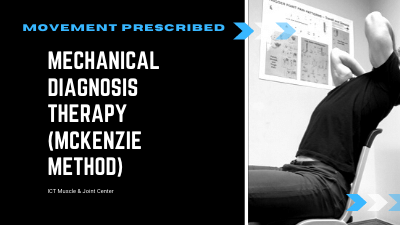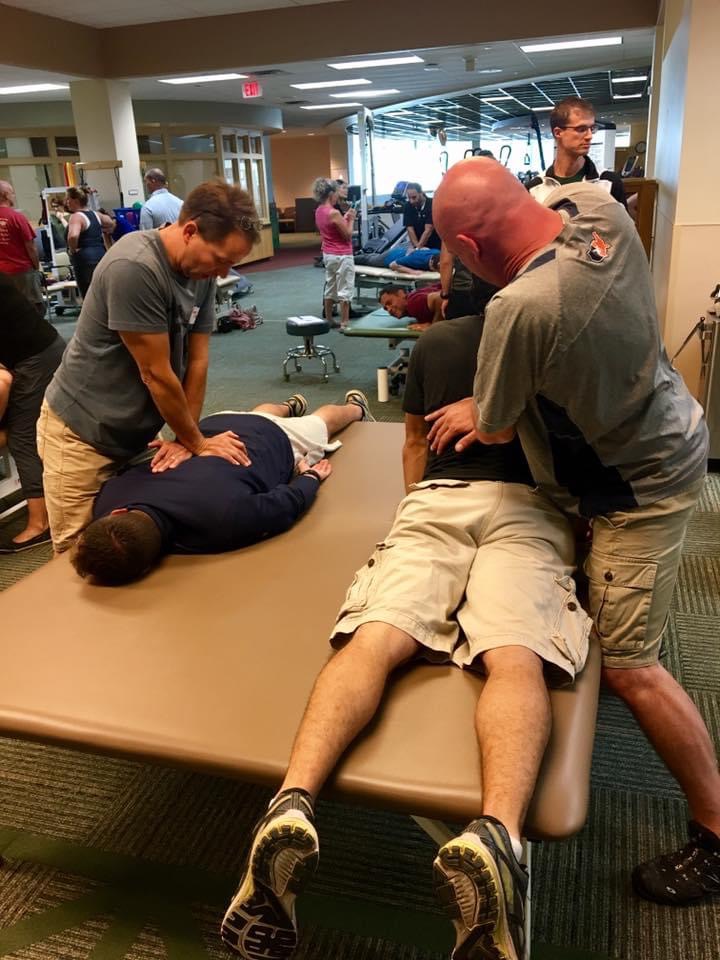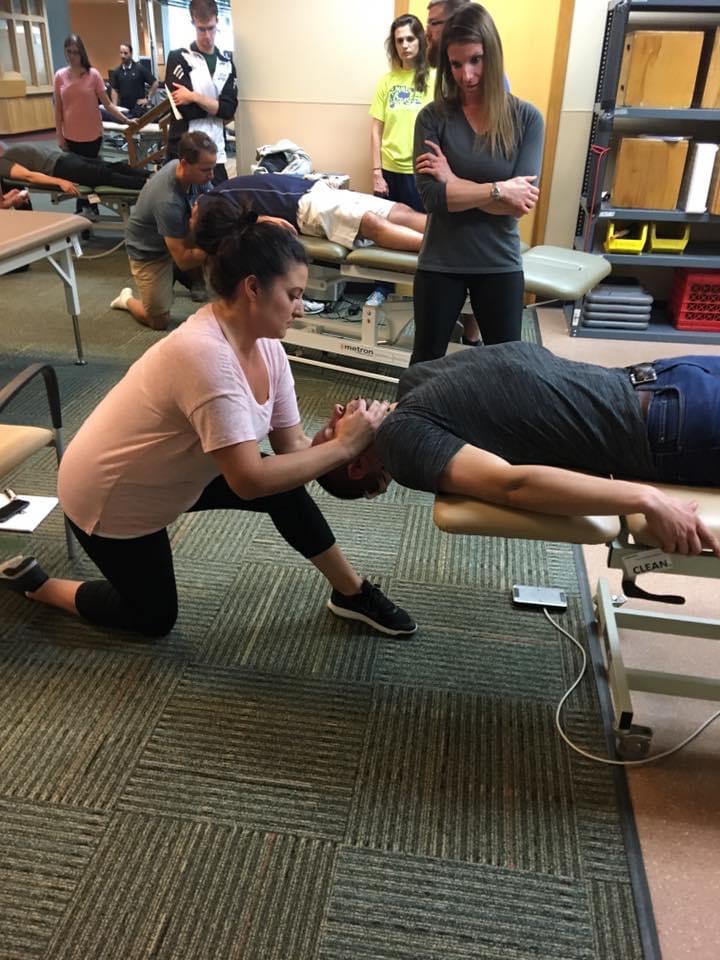Mechanical Diagnosis & Therapy: One of the Most Powerful Assessment and Treatment Systems for Pain in the World
What Is Mechanical Diagnosis & Therapy (McKenzie Method)?
An internationally researched system of assessment and rehab for spinal and extremity musculoskeletal pain. Clinicians that have training in the Mechanical Diagnosis & Therapy (MDT) system are able to assess, classify, manage, and properly refer out when indicated for all complaints of the musculoskeletal system. This means that if a pain complaint is coming from the spine, extremity joints, muscles or tendons, then a MDT evaluation is appropriate. A clinician with MDT training will be able to identify what management strategy is best and outline a predicted recovery plan. All using movement and patient education as a guide toward self management.
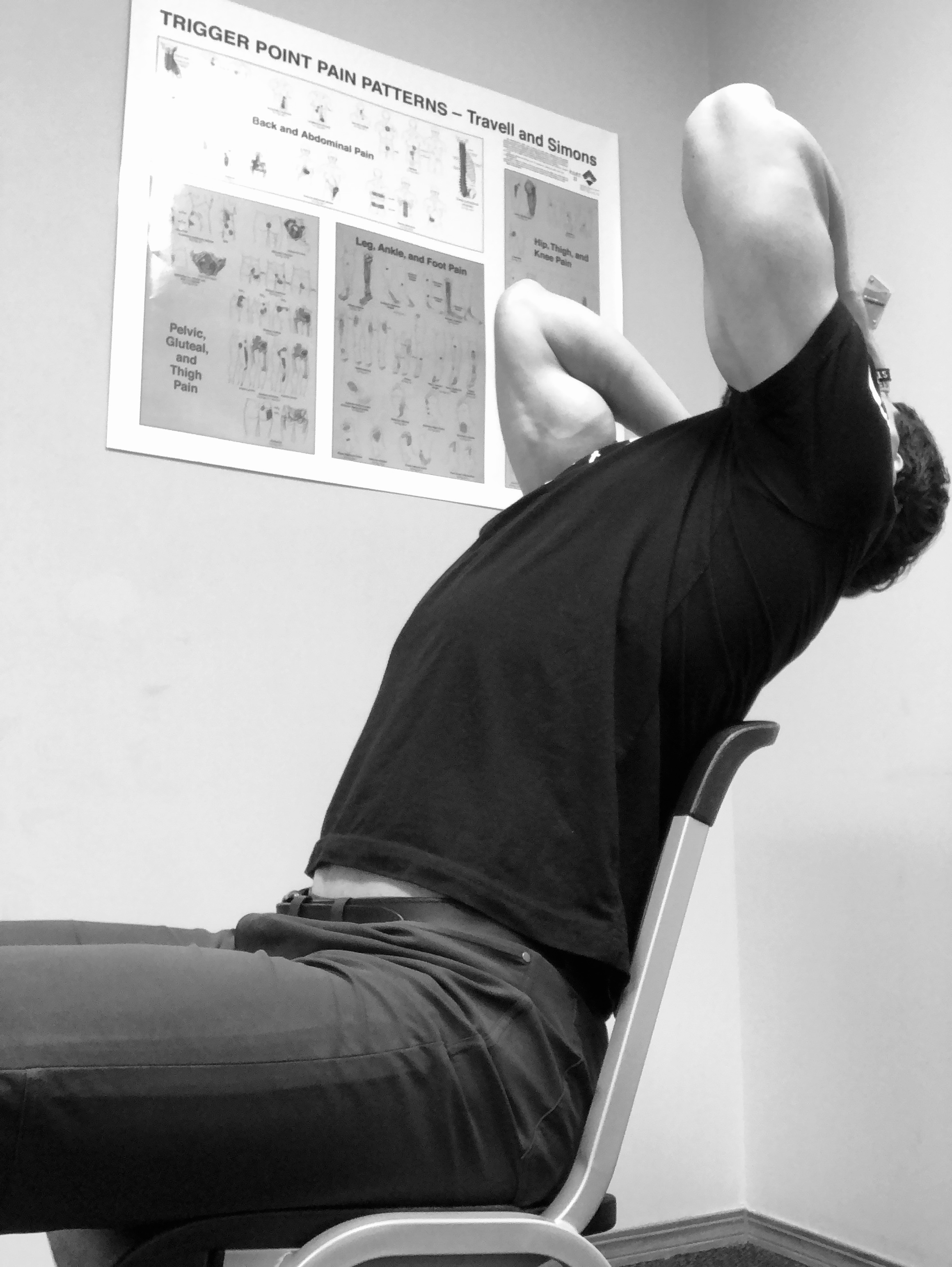
The Research to Back Up MDT and Helping Your Pain
- Over 60 studies just on centralization (taking radiating pain away from extremities). For example if you had radiating scatica pain down leg, pain sensation in legs goes away and centralizes closer to spine indicating a postive reponse is happening and healing is taking place. Similar to how a cut on your body heals and the scab gets smaller and smaller as healing progresses.
- Study: If Direction of Preference for movement to reduce pain found, 95% chance pain can be abolished
- Numerus more found through the link here.
- Link to study here looking at Extremity Pain of Spinal Source (EXPOSS) with 43.5% of all participants having pain located in the extremities but source of pain was located in the spine. Meaning rehab and treatment at the spine would take extremity pain away. Eye opening stuff that draws huge attention to why the site of the pain is usually not the CAUSE of the pain.

McKenzie Method Can Even Help my "Tennis Elbow" or Knee Osteoarthritis Pain?
Yep! McKenzie Method deals with all joints, muscles, and tendons in the body, not just low back and neck. With the elbow, they have seen around half of the people diagnosed with tennis elbow are improperly diagnosed and have direction of preference that can rapidly reduce pain. With the knee, a study of a group of 180 patients referred for knee replacement (osteoarthritis) found over 50% of them had direction of preference and great reduction in pain at 2 weeks with MDT and no longer needed a replacement. Direction of Preference meaning a speciifc way to repeatedly load and move the joint that reduces pain, improves range of motion, and improves funcition in a previous painful activity.
One of the biggest misconceptions around McKenzie Method is that it is just extension exercises for the low back and neck. This is far from the truth because:
- Is it first and foremost an assessment and classification system. This is huge for us especially, because one of the core principles for us at ICT Muscle & Joint is doing right by you and making sure you are in the right place for your individual pain. This assessment and classification process along with other assessment processes we use allows us to classify, educate, form a plan for rehab, and refer out if needed for your pain and injuries.
- There are many directions that can help centralize and abolish your pain and it is not just extension that is used. The human body is complex and everybody is different in their daily activiites, positions, and goals. A proper history and assessment will guide where the movement and loading needs to go, but as we have seen many people will respond to different loading strategies to help with their pain to performance plan.
What are the Benefits of McKenzie Method to Help Your Joint, Muscle, or Tedon Pain?
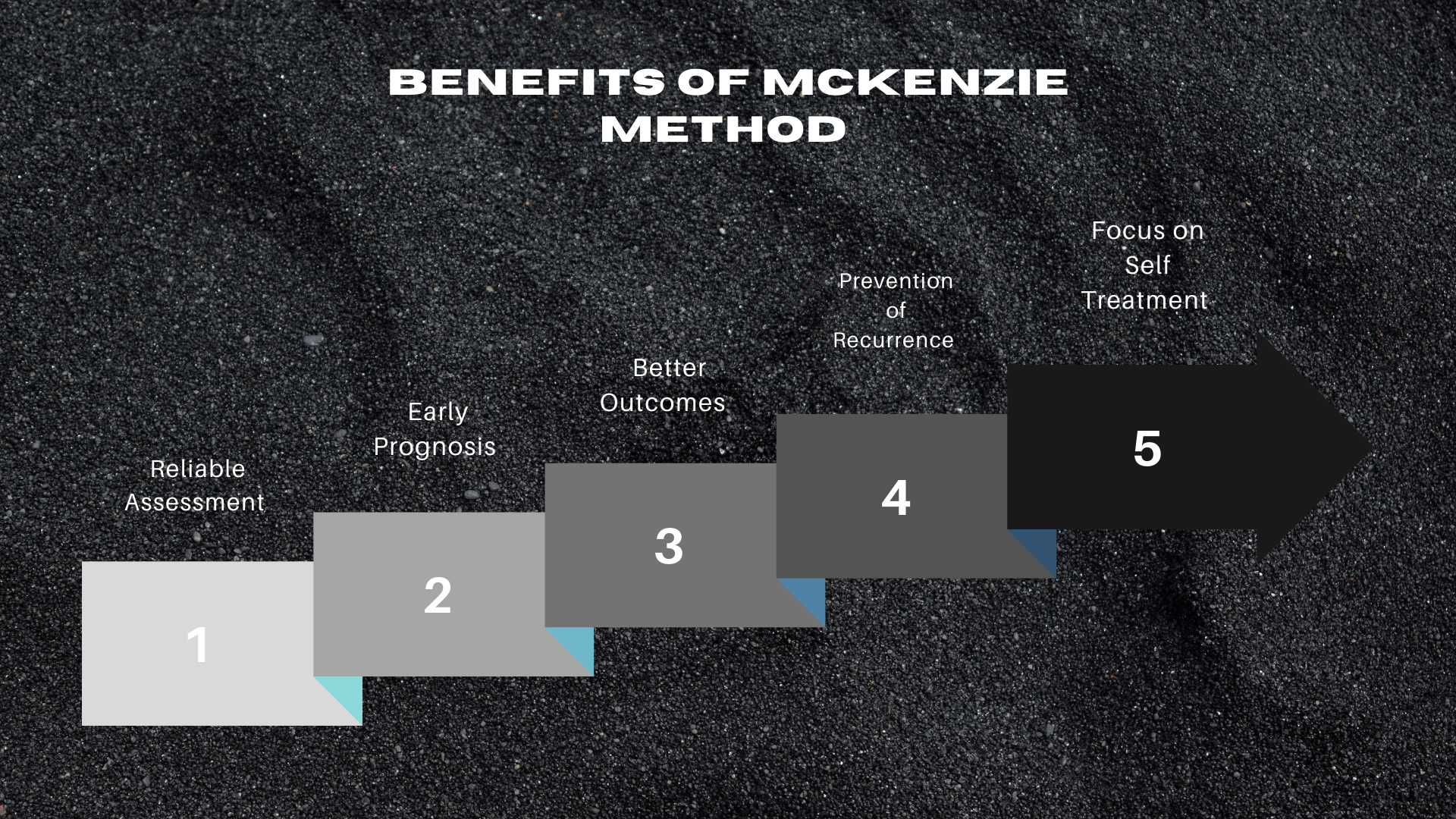
-
Reliable Assessment
- Properly listening and talking through patient history and your goals to guide next step
- Emphasives that you are not your MRI, other image, or previous diagnosis. This goes into treating you as a human and not your condition or diagnosis
- Proper classification of injury and how to manage it
- Know exaclty when a referral to orthopedic doctor, functional medicine, therapy, or other health care provider is needed
-
Early Prognosis
- Rapid reduction of symptoms (even chronic radiating symptoms) leading to good prognosis you can not only abolish pain but be guided to manage it yourself
- Have plan and discussion ahead of different paths your rehab can go. This emphasizes a teamwork approach in planning and working toward your goals
-
Better Outcomes
- Reduced surgery rates
- Less reliance on passive treatments (Massage, manual therapy, etc)
- Return to things you love faster even with once feared disc herniations and radiating pain
- Cost effective
-
Prevention of Recurrence
- Focus on recovery of function as soon as possible
- This is where use of functional movement, strength training principles, breathing, etc in combination with MDT delivers powerful results in fixing underlying cause
- Through education, you take control and can treat aches and pains yourself
-
Focus on Self Treatment
- Patient education and self rehab focused on previous fear avoidant movements and behaviors and empowering you toward more resilience
- Through research, dispelling myths about pain, exercise, and diagnosis
- Learn principles of load management and how to take control of your pain and flare ups
References:
https://mckenzieinstitute.org/clinicians/research-and-resources/reference-list/centralisation/
https://mckenzieinstitute.org/clinicians/benefits-of-mdt/
https://mckenzieinstitute.org/clinicians/research-and-resources/reference-list
https://mckenzieinstitute.org/assets/International/Full-References-Benefits-of-MDT.pdf
MDT Part A, B, C, and D courses and information
About the author
When it comes to mechanical pain, Dr. Tyler Panko has seen the best outcomes produced when chiropractic, physical therapy, strength and conditioning, and soft tissue techniques and principles are combined into an individualized plan for the patient. His purpose and passion are to educate and help all people, ranging from acute to chronic pain, professional athlete to daily worker, and young child to elderly, go from pain to increased performance in their daily lives doing the things they love. His belief is that life is an athletic event, and everybody has the right to move and feel great well into old age.
